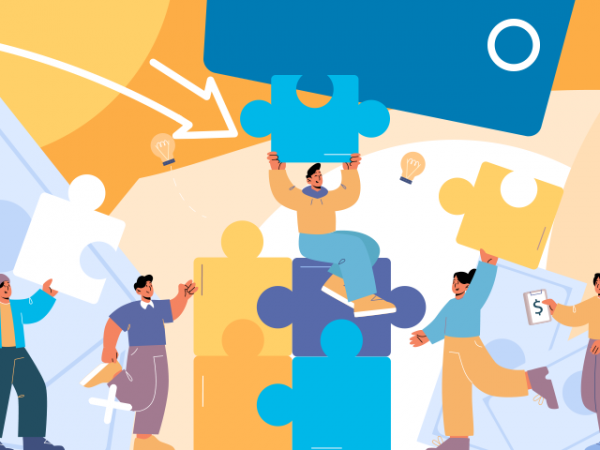So, you’re beginning what appears to be the daunting process of redesigning your website. During the beginning phases of building a business, website design can initially feel like a low priority on the list. However, a functional, educational, and appealing website can be crucial for a business. Not only will a good website aid in reaching business goals, but it can also provide information and comfort for existing partnerships and clients. “88% of online visitors/ consumers are less likely to return to a site after a bad experience.”
1. Analyze existing platform & determine goals
There is a reason that prompted you to seek a website redesign. This is the time to revisit those reasons. You may already have a general reasoning as to what content you would like to change or what you like or dislike about your current site. This is an opportunity to analyze what your data actually says about your website. There’s no better place to start than analyzing your existing platform. Gather and review personal data from your website. Depending on the platform you’re using you may be able to view data directly on that platform. If not, there are several tools and resources available for your use, one example is Google Analytics. While analyzing your current site here are a few key questions to prompt your analysis:
- The average number of website visits?
- Average monthly bounce rate?
- Average monthly time spent on-site?
- Your top-performing keywords by rank, traffic and lead generation?
- The total number of inbound links by domain?
- The average amount of leads per month?
- The total number of sales per month?
- The number of indexed website pages?
- The number of pages with traffic?
- What current pages are attracting the most users?
- Is there room for more functionality?
- What functionality currently works in your favor?
- What content on the site can be used in the future?
Once you’ve taken the time to analyze the status of your current website, you’re ready to take the information and begin evaluating goals. Goals should directly relate to the data insight gained in your evaluation as well as correlate with the direction of your overall brand.
2. Check-in with your demographic
Throughout the redesign process, it is crucial to consider who is actually viewing your site. The more clarity you can reach on who is visiting and staying on your site, the more you can modify and tailor the experience to the user. Users are more likely to stay on a with fluid navigation, eye-catching content and clear call-to-action.
3. Optimize your site for mapping
It’s no surprise that most users have a short attention span. Some users will take 0.05 seconds to make a judgment on your website. Your demographic data will especially come into play during this phase. Depending on who your demographic is you may decide which way to tailor your design. If your website is B2B, try and stay on the informative side. Ensure that your website has plenty of details and high-quality written content. Give your partners clear information regarding your service and/or product. If you have a brand based – B2C demographics, spend time investing in the visual appeal. Don’t be afraid to create a unique and stimulating user experience – think outside the box. Budget
4. Budget
Once you’ve gathered analytics and goals find the right partner or resources that can realistically match your needs and budget. Depending on your long- and short-term website needs you may need only a simple fix. However, for more in-depth revamps and changes it’s important to keep in mind the reality of time vs cost of the work. What initially may appear to you as a simple fix may actually require more time than anticipated. Maintain a transparent relationship with your partner in order to prioritize your needs and align them with your budget.
5. Pick the right metrics for your team
Finding the perfect partner may feel a bit tedious, however, after looking into all your options and choosing the correct fit, you’re ready to move into your specific needs. While discussing the beginning phases of your redesign plan feel free to share as much information regarding all the insight and information you’ve gained in the previous steps. As stated before, transparency is key. Other things to consider while discussing with your team are:
- Scope of the project
- The level of involvement
- Clear metrics to measure the success of the project
Regardless of company or project size, it’s important to continually check in with your partner, your goals, and the research you’ve previously done. Although the process can feel difficult taking it step by step and staying prepared can ease many hurdles.
All in all, the few extra steps in preparation for a website redesign can make a tremendous difference and allow your project plan to run smoothly. In addition to your own preparation choosing the correct partners can elevate your website design process and overall design. Our team is always here to offer assistance on the journey!











